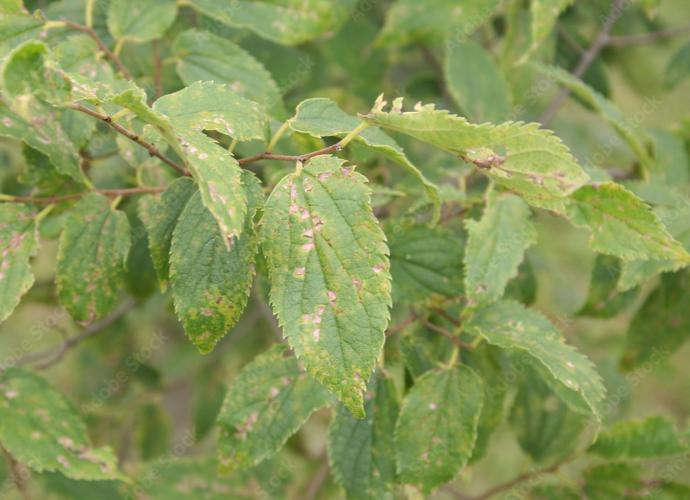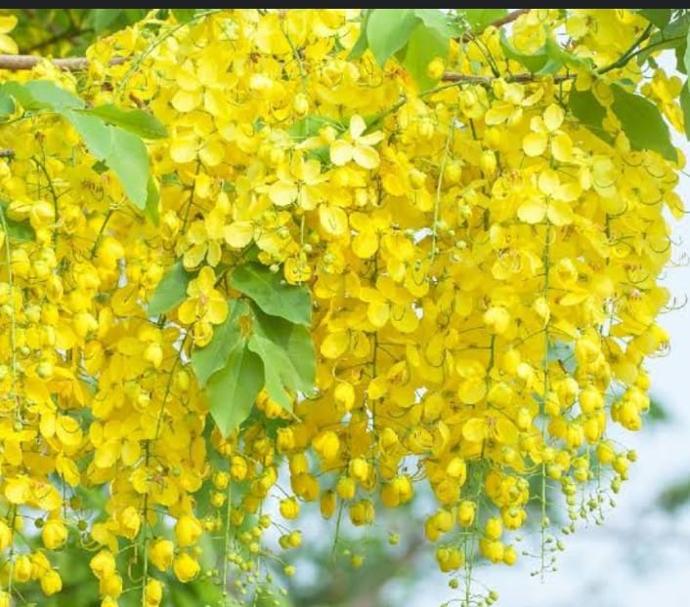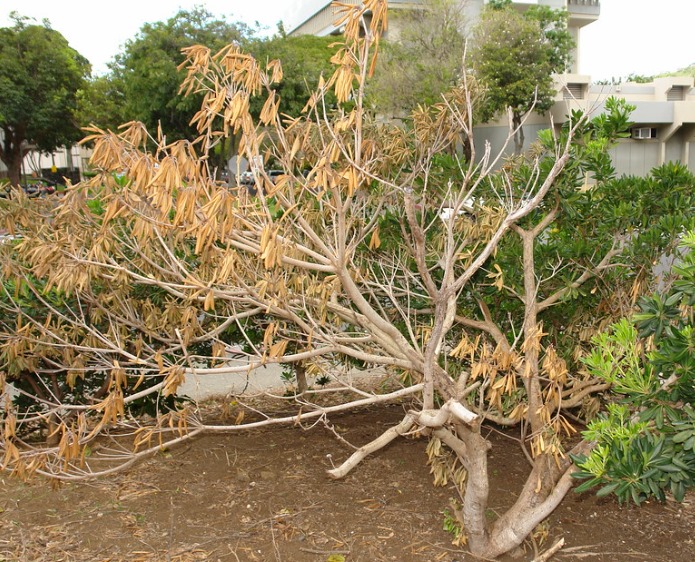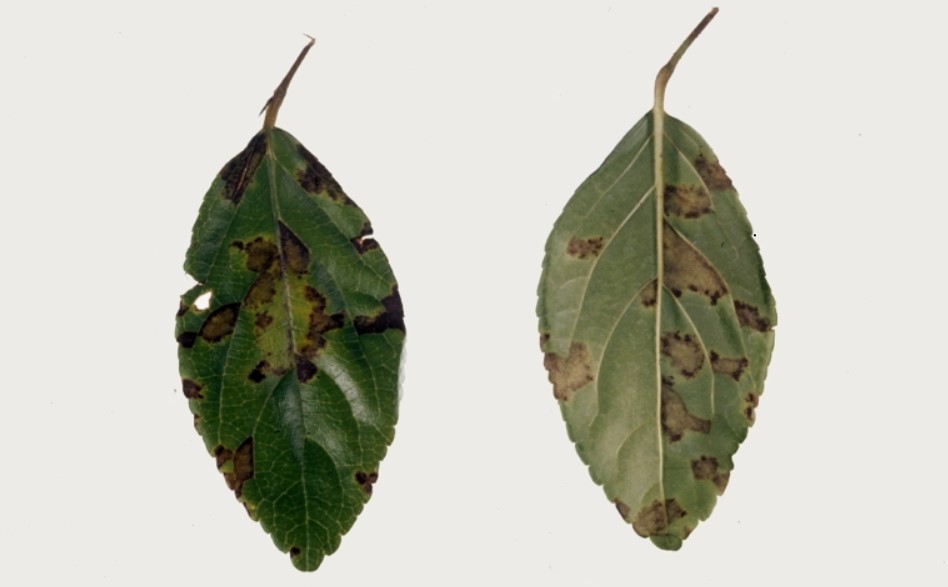Cassia Fistula Plant
CASSIA FISTULA, also known as Golden Shower Tree, is an outdoor flowering tree. Plant in well-draining soil with full sun exposure. Water consistently, and prune to shape the tree. Fertilize during the growing season for optimal flower production.

Habit
Tree
Height
10-20 m
Growth
Rapid
Soil
Well-drained, sandy soil
Shade
Full Sun
Moisture
Moist
Edible
No
Medicinal
Yes
Origin
South Asia, India
Climatic Condition
Tropical, Subtropical
Temperature (°)
20 to 35°C
Humidity (%)
50-80%
Potting media
Organic compost, natural mulch
Fertilizers
Balanced fertilizer
Watering
Drought-resistant, occasional deep watering
Plant Weight
5-10 kg
Flowering Time
Late spring to summer
Soil Ph level
6.0 - 7.5
Water Ph level
6.0 - 7.5
Soil EC
1-2 dS/m
Yield Per Plant
Ornamental, medicinal use
NPK ratio
15:15:15
life Span
20-50 years
Health Benefits
Used in Ayurveda, laxative properties, skin health
Suggested Grow Media or Potting Mix ?
50% sandy soil, 30% compost, 20% perlite
Suggested Fertigation/Fertilizers
Fertilize every 4 weeks with a balanced, water-soluble fertilizer.
Common Diseases and Remedies
Wilt , leaf spot
drooping of leaves and branches .
remove and dispose the effected plants parts.
HEALTH BENEFITS
· Digestive Health: Acts as a natural laxative, helping relieve constipation.
· Anti-inflammatory: Contains flavonoids and tannins that reduce inflammation.
· Blood Sugar Control: May help lower blood sugar levels.
· Antimicrobial Properties: Used in traditional medicine for bacterial and fungal infections
What Is An Cassia fistula Tree?
Cassia fistula is native to South Asia. Also known as gold shower tree, Indian kiburnum, and amaltus. This tree produces clusters of bright yellow drooping flowers in spring. The flowers develop into long dark brown seed capsules containing small black seeds. The fruit and bark of this tree have been used medicinally in traditional medicine for centuries, and the wood is used to make furniture. The Golden Shower tree is also grown as an ornamental plant in many parts of the world for its bright flowers and attractive foliage.
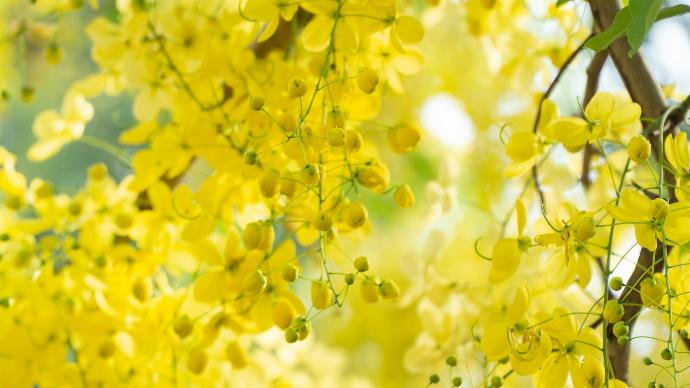
What Are The Different Types Of Cassia fistula Plants?
1. Cassia fistula 'Indokibanum
This variety is the most commonly cultivated type of Cassia fistula. It has a tall habit, growing from 20 to 40 feet in height. The yellow flowers bloom in large pendulous clusters, making for an attractive display.
2.Cassia fistula 'Golden Rain Tree
This Cassia fistula variety has a weeping habit, covering drooping branches with bright yellow flowers from late spring to early summer.
3. Cassia Fistula 'Rainbow Shower Tree
A showy variety of Cassia Fistula with flower colors ranging from yellow to orange. The leaves of this variety are also quite small compared to the common Cassia fistula tree.
4. Cassia Fistula 'Summer Shower
This tree is a medium-sized variety of Cassia Fistula that produces clusters of bright yellow flowers.
5. Cassia Fistula 'Winter Shower
This variety has dark yellow flowers that bloom in winter. The leaves of this plant are rounder and wider than the usual Cassia fistula tree.
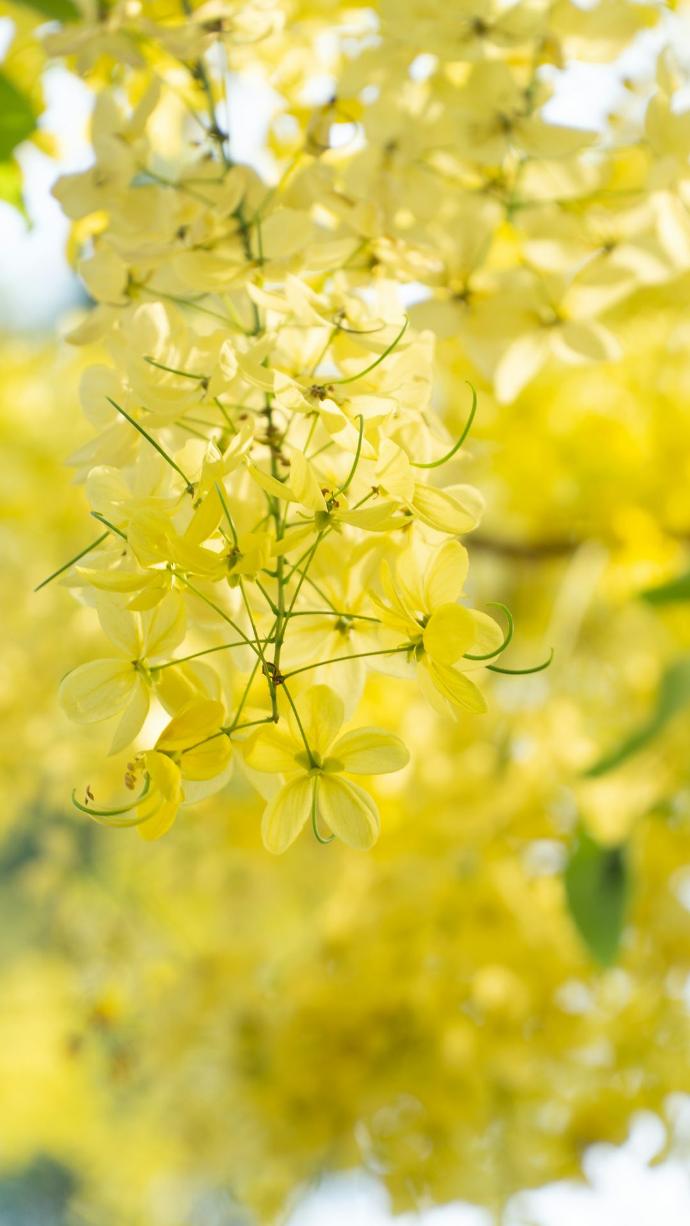
How to care for Cassia fistula Plants ?
1. Location
Cassia Fistula can be grown in containers, but they may remain smaller than their maximum size. However, if growing in containers, choose pots that are at least 10 to 12 inches deep and wide and have good drainage.
2. Sunlight
Cassia fistula requires sufficient sunlight to grow. It should be planted where it receives at least 6 hours of direct sunlight each day. This plant tolerates light shade, but does not bloom as profusely in the shade. Therefore, it is best to place the plant in a sunny location. Overall, providing sufficient sunlight or bright light is essential for successful Cassia fistula growth.
3. Soil
Cassia Fistula grows best in nutrient-rich, well-drained soil. Feed your plants with high-quality potting or garden soil with compost or fertilizer added. Cassia fistula prefers fertile soil that is rich in organic matter and well-drained. A pH range of 6.0 to 8.0 is ideal for the growth of this plant.
4. Hydration
Water the Cassia fistula regularly during the growing season (spring and summer). Make sure the soil stays evenly moist and not soggy. Reduce watering during the dormant period (autumn to winter).
5. Nutrition
Feed with a balanced fertilizer during the growing season (spring through early fall) to promote healthy growth and flowering. Prune your tree to remove dead or diseased branches.

6) Issues
Yellowing leaves may indicate overwatering or a lack of nutrients (such as nitrogen).Excessive defoliation can be caused by stress such as: B. Transplant shock, extreme temperatures, or improper handling.
What are the Benefits of Cassia fistula Plants?
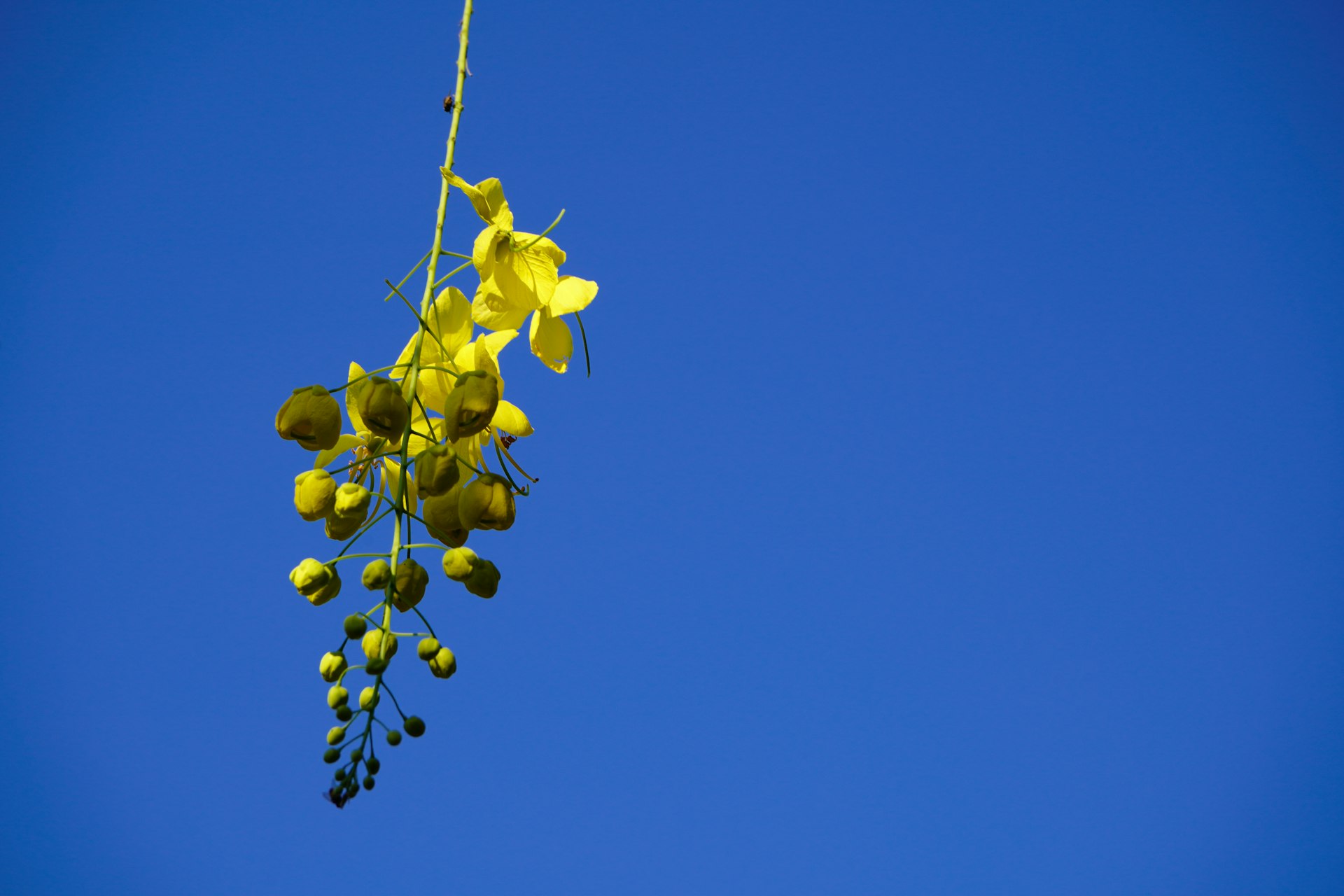
FAQs About Growing Cassia fistula
1.What is Cassia fistula used for?
Cassia fistula has been widely used in traditional medicine to treat a variety of ailments such as constipation, diarrhea, and fever. The bark, roots, and leaves of the plant contain numerous bioactive compounds that have medicinal properties.
2.Is Cassia fistula invasive?
In some regions, Cassia fistula can become invasive if not properly managed. Its ability to produce numerous seeds and rapid growth can lead to it spreading aggressively in certain environments.
3.When does Cassia fistula bloom?
Cassia fistula typically blooms in late spring to early summer, producing large clusters of yellow flowers that hang down from the branches.
4.Are there any pests or diseases that affect Cassia fistula?
Cassia fistula can be susceptible to pests such as aphids, mealybugs, and caterpillars. Diseases such as powdery mildew and root rot can also affect the plant, especially in humid conditions.
5.Is Cassia fistula toxic to pets?
The seeds of Cassia fistula are toxic if ingested in large quantities, so it's important to keep them away from pets and children.
